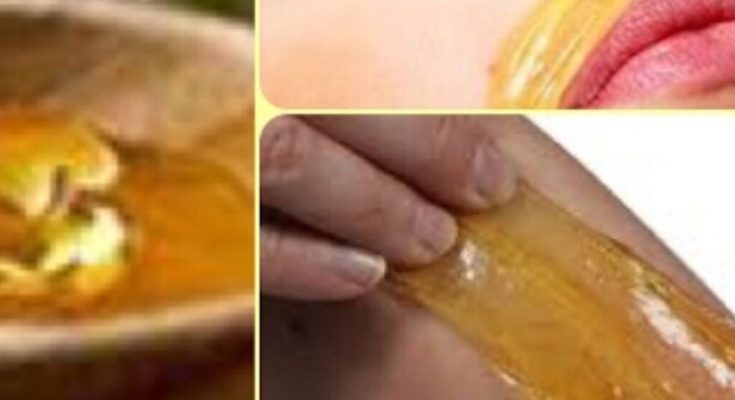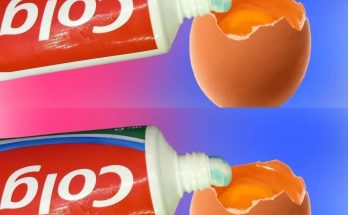How to Make Sugar Wax: Professional Sugaring at Home
Unwanted hair may be removed naturally, effectively, and sustainably using sugar waxing, commonly referred to as sugaring. As more individuals look for more delicate skin-friendly alternatives to standard waxing, this age-old method has gaining favour again. It’s really easy to make sugar wax at home with only a few common household items. This is a step-by-step tutorial on making your own sugar wax of professional quality.
Components:
Two cups of granulated sugar: Sugar is the foundation of your wax and acts as a natural exfoliator and cohesive agent for the other components. 1/4 cup lemon juice: The natural acid in lemon juice serves as a preservative and aids in the breakdown of the sugar. 1/4 cup water: Aids in sugar dissolution and wax consistency adjustment.
Tools:
For heating the sugar mixture, use a heavy pot. To stir the sugar mixture, use a wooden spoon. Candy thermometer: To ensure perfect uniformity in temperature, this is an optional but recommended tool. Jar or tight-fitting container: To keep the sugar wax stored.
Guidelines 1. Mix the ingredients together:
In a heavy saucepan, combine the water, lemon juice, and sugar. To thoroughly mix the components, stir the mixture.
2. Prepare the Blend:
To keep the mixture from burning, cook it over medium heat while swirling often with a wooden spoon. The sugar must totally dissolve. Put an end to stirring after the sugar has dissolved and let the liquid boil. To avoid sticking, you may periodically stir the pan. If you’re using a candy thermometer, attach it to the saucepan’s side. As the hard ball stage in candy production, 250°F (120°C) is the ideal temperature for sugar wax.
3. Keep an eye on the colour:
The mixture will begin to take on a golden hue as it cooks. It may swiftly change from golden to dark brown, so keep an eye on it. You’ll have to restart if smoke appears, indicating that it is burning.
4. Examining Uniformity:
You may check the consistency without a thermometer by placing a little bit into a basin of icy water. It should come together into a ball that is just the right consistency—not crumbly or sticky.
5. Remain Calm:
Take the saucepan off of the heat as soon as the colour and consistency are correct. Once the sugar wax has cooled to room temperature, carefully transfer it to a jar or other heat-resistant container. When using the wax, make sure it is warm but not hot.
6. How to Use Your Sugar Wax
Apply the wax using a spatula or your fingers in the direction that the hair grows. Next, cover the wax with a cotton fabric strip, push down hard, and swiftly take the strip off in the opposite direction of the hair’s development.
Success Advice It’s All About Consistency: You may reheat the wax and add a little more water if it’s too hard. It has to be cooked for a little while longer if it’s too soft.
Skin Preparation: Prior to using the wax, make sure your skin is clean, dry, and oil-free. If you want to be sure the area is totally dry, you may apply a little amount of powder—like baby powder.
Aftercare: To relax the skin and lessen redness after waxing, use a calming aloe vera gel or lotion.
In summary In addition to being more affordable, making your own sugar wax at home is a healthier option than waxes that include a lot of chemicals. You can get salon-caliber results in the comfort of your own home with a little effort. Savour the smooth, hair-free skin you have!



